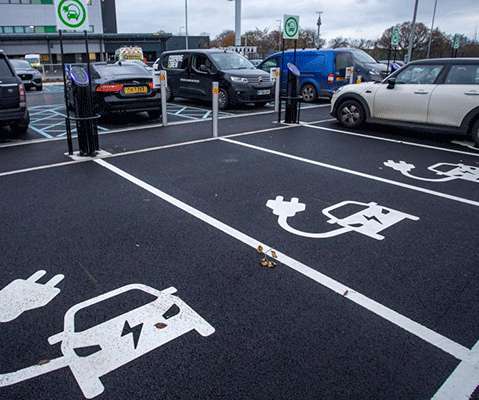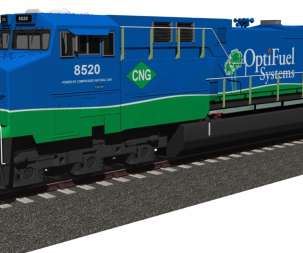Study finds pollution emitted near equator has biggest impact on global ozone
Green Car Congress
NOVEMBER 9, 2016
Since the 1980s, air pollution has increased worldwide, but it has increased at a much faster pace in regions close to the equator. They found that the increase in ozone burden due to the spatial distribution change slightly exceeds the combined influences of the increased emission magnitude and global methane.























Let's personalize your content